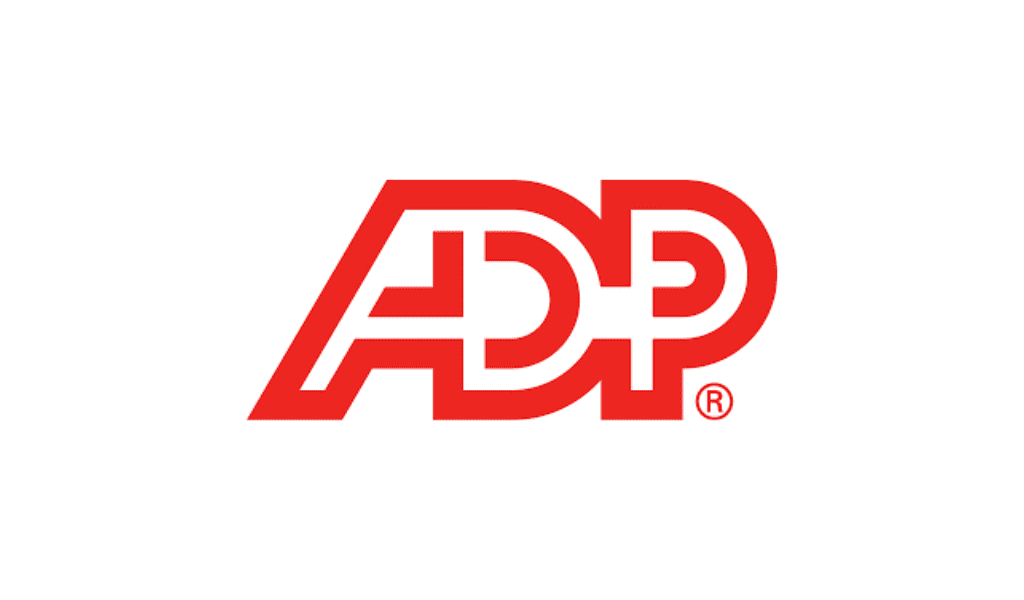There are four key components HR leaders should include in their wellness strategy.
By Stephanie Shields
Calls for mental health support in the workplace have skyrocketed in recent years—largely in response to the COVID-19 pandemic—and while some HR leaders have heeded those calls, others aren’t sure where to start.
HR leaders who have yet to develop a sound mental wellness strategy at their organizations should act soon. The majority (92%) of workers say that it is at least somewhat important to them to work for an organization that values their emotional and psychological well-being. What’s more, an estimated 12 billion working days are lost every year to depression and anxiety, costing employers $1 trillion annually.
As workers collectively face other challenges that can impact their mental well-being—from high inflation to geopolitical events to recession woes—mental health support programs will likely become table stakes for employers looking to attract talent. In fact, a recent survey from Equitable reveals inflation is the top concern among clients, with 76% of advisors reporting that they have had client conversations about inflation.
Given the high demand for mental wellness support in the workplace and the link between mental health and workforce productivity, it’s important that HR leaders take a thoughtful approach when implementing a mental health program. Here are four key components organizations should include in their mental wellness strategy.
- Supplemental health benefits can help ease the burden of unexpected obligations. There is an undeniable correlation between mental, physical, and financial well-being. An unexpected hospital bill that isn’t covered by health insurance can cause financial stress, as can an accident, injury, or critical illness that keeps an employee out of work. These stresses may affect an employee’s mental wellness over time. To ease that burden, organizations should consider including supplemental health benefits like hospital indemnity insurance in their offerings. Not only will these benefits help attract and retain talent, but they may also help employees address financial burdens before they become a detriment to their mental health.
- On-demand mental health resources can help offset administrative delays. Most organizations focused on the mental well-being of their employees incorporate mental health resources in their employee assistance programs (EAPs). However, some employees experience administrative delays when they participate in them. In today’s increasingly global, hybrid workforce, these delays can be a significant obstacle in accessing mental health resources. To overcome this hurdle, employers can give their employees access to on-demand mental health resources, such as online therapy platforms and mindfulness mobile apps, so they can access them as needs arise.
- Employer-paid disability benefits do not always include coverage for mental health issues. As HR leaders develop their own mental well-being strategy, they should consider whether coverage for mental illness is an important selection criterion for the disability insurance carriers they do business with. Some insurance carriers consider mental illnesses like clinical depression, anxiety, post-traumatic stress disorder, addiction, and bipolar disorder to be a disability; others do not. Understanding the contract language is critically important to making informed benefits decisions.
- Just-in-time communications can help ensure accessibility. Employee communications are crucial to ensuring that an organization’s offerings are accessible when employees need them. Open enrollment is a great time to communicate the value of mental health benefits and to remind employees how to access mental health benefits. But it shouldn’t be the only time employees hear about them. Communications should be ongoing throughout the year, and even that is table stakes for most organizations. Just-in-time communications—reminding employees about the value of these benefits when their need may be the greatest—is also something many organizations should improve.
At the onset of the pandemic, many employers communicated about their mental health benefits in real time, and in the wake of George Floyd’s murder, those companies took a similar course of action. HR leaders shouldn’t sit on their hands when moments like these occur; instead, they should open an active dialogue with their employees and direct them toward the appropriate mental health resources.
Stephanie Shields is head of employee benefits at Equitable.















